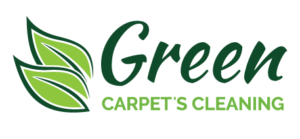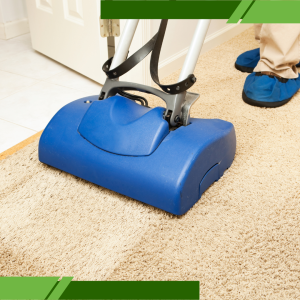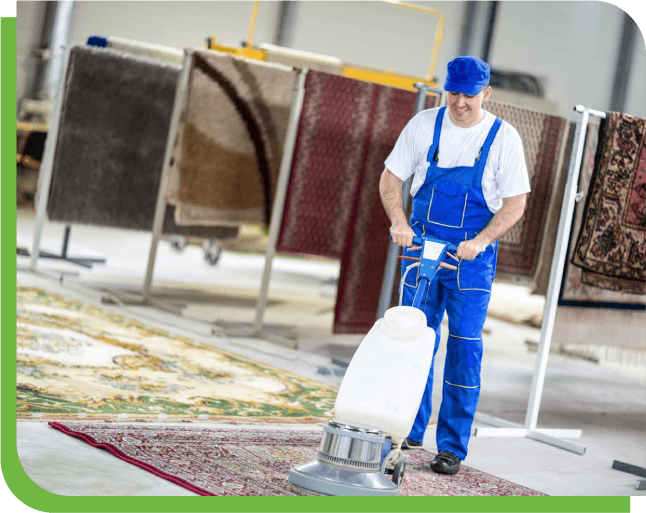Get in touch
Fill this up to proceed

We are committed to providing a world-class carpet, rug, upholstery, drapery or mattress cleaning services that will open your door to a happier and healthier green indoor environment.
Looking for simple ways to cut indoor toxins without remodeling your home? From cleaning routines to smarter supply choices, there are practical steps you can take to create a healthier living space—especially if you’re in coastal areas like Manhattan Beach, where fresh air deserves to be matched by a clean indoor environment. You don’t need to knock down walls or invest in expensive air systems to make a big impact. All it takes is a shift in your cleaning habits, some planning, and a little awareness of what’s lurking in your home and cut indoor toxins.
Routine cleaning is your first defense in the effort to cut indoor toxins. Dust, dander, and chemical residues tend to accumulate in neglected corners, under furniture, and in high-touch areas. A regular, thoughtful cleaning schedule keeps toxins from building up.
If you’re scheduling a deep clean, this is the ideal time to include services like carpet cleaning, which can help eliminate embedded pollutants in fabric fibers to cut indoor toxins.

A major source of indoor toxins comes from the very products meant to clean your space. Switching to safer, natural alternatives can significantly reduce chemical exposure.
In homes around Manhattan Beach, where humidity and salty air can affect air quality, it’s even more essential to avoid products that release volatile organic compounds (VOCs) to cut indoor toxins.

Clutter isn’t just a visual nuisance—it can trap dust and limit airflow, making it easier for indoor toxins to settle and stay.
A more open space not only feels more peaceful but also supports better ventilation and makes cleaning more efficient.
The environment you create directly impacts the level of indoor toxins. Preparing your rooms with better materials and mindful choices can quietly work in your favor.
For Manhattan Beach homeowners, where ocean breezes bring in outdoor particles, having your home prepped for cleaner indoor air offers long-term benefits without needing a major redesign.
Household cleaners, synthetic materials, dust, mold, and poor ventilation are the top contributors.
A weekly cleaning schedule with monthly deep cleans is ideal for maintaining low toxin levels.
Yes, especially those with HEPA filters. They capture small particles and allergens effectively.
Some plants can absorb specific toxins and improve humidity, but they’re best used alongside other cleaning efforts.
It’s a great start, but combining this with good ventilation, decluttering, and regular cleaning will give you the best results.

We are committed to providing a world-class carpet, rug, upholstery, drapery or mattress cleaning services that will open your door to a happier and healthier green indoor environment.
We are committed to providing a world-class carpet, rug, upholstery, drapery or mattress cleaning services that will open your door to a happier and healthier green indoor environment.